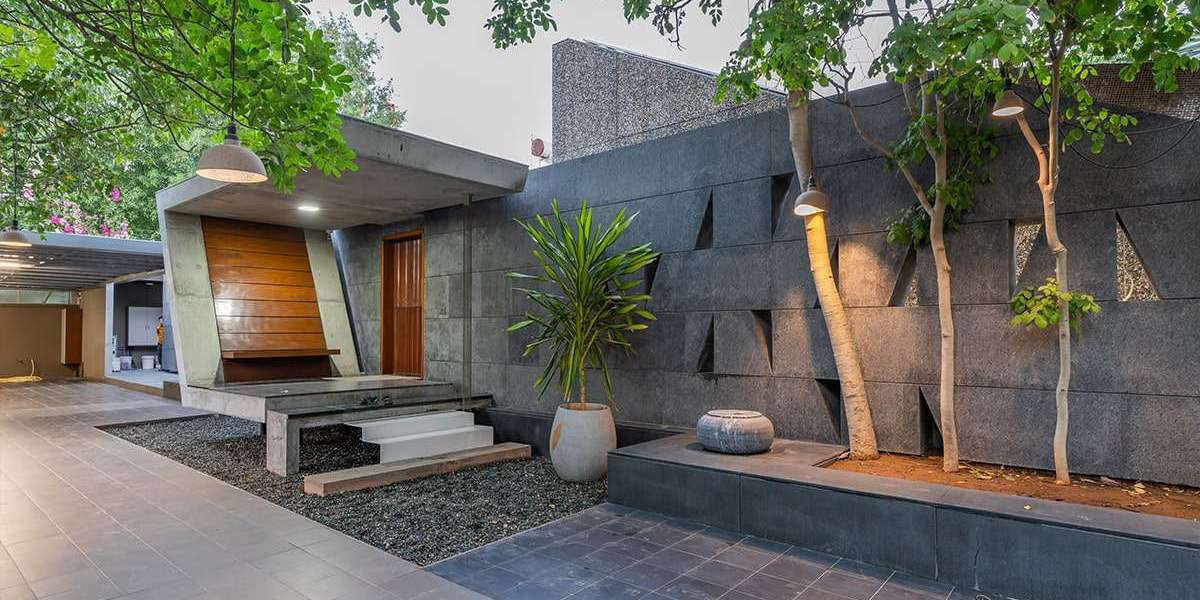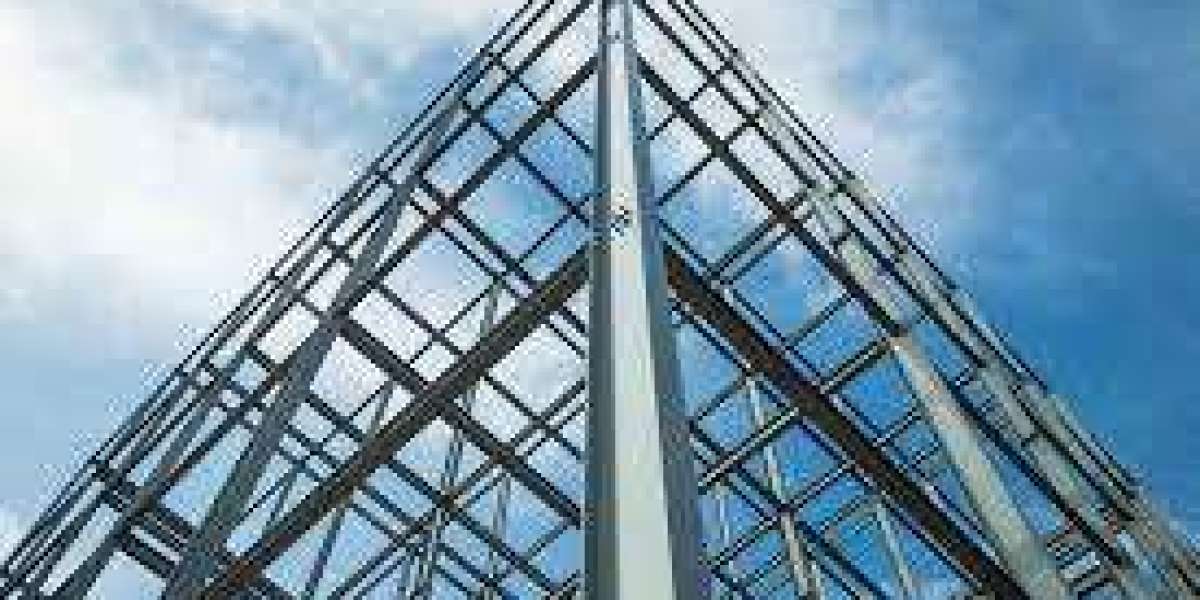The way we live has always influenced how our homes are designed. Over the years, shifts in technology, lifestyle, and values have driven changes in how we build and organize our living spaces. Today, we are witnessing a rapid transformation in home design, where sustainability, flexibility, and technology take center stage. These trends are not only redefining how homes look but also how they function, offering new possibilities for both efficiency and comfort.
Sustainability: Designing for the Future
One of the most dominant trends in modern home design is sustainability. As concerns about the environment grow, more homeowners and architects are prioritizing eco-friendly features that reduce carbon footprints and promote energy efficiency.
From solar panels and rainwater harvesting systems to energy-efficient windows and insulation, sustainable technologies are becoming common in new homes. Materials like bamboo, reclaimed wood, and recycled metal are being used in construction to minimize waste and reduce environmental impact. These choices reflect a growing awareness of the need to build homes that are in harmony with nature, offering long-term benefits for both the environment and the homeowner.
Moreover, passive design principles—such as optimizing natural light, ventilation, and thermal mass—are increasingly incorporated into new builds. These elements reduce the reliance on artificial heating and cooling, making homes more energy-efficient while maintaining comfort throughout the year.
Flexible Spaces: Adapting to New Needs
Modern homes are evolving to meet the needs of a more dynamic lifestyle. Open, flexible spaces have become a staple in contemporary design, reflecting the way we now use our homes for various purposes. The COVID-19 pandemic, in particular, accelerated the need for adaptable spaces, as more people began working and studying from home.
Designers are creating layouts that can be easily adjusted to suit multiple functions. For example, living rooms may double as home offices, kitchens may have space for workstations, and bedrooms can transform into classrooms or gyms. Multifunctional furniture, such as foldable desks, modular sofas, and hidden storage, allows these spaces to serve a variety of roles without feeling cluttered or restrictive.
These adaptable spaces not only offer convenience but also allow for long-term changes. As needs evolve, rooms can be repurposed without requiring major renovations, making them an ideal solution for families who anticipate changes in their living requirements over time.
Technology Integration: Smart Homes for a Modern World
Technology is playing an increasingly important role in the design of modern homes. The concept of the "smart home" is no longer a distant future but a reality for many. Devices that control lighting, temperature, security, and appliances are becoming standard in new homes, offering residents greater control over their living environments.
For instance, smart thermostats adjust the home’s temperature based on usage patterns, saving energy and improving comfort. Voice-activated assistants like Amazon Alexa or Google Assistant help manage everything from lighting to entertainment, while smart security systems provide peace of mind with features like remote monitoring and facial recognition.
Beyond convenience, these technological advancements also help homeowners save on utilities and maintain their homes more effectively. Smart irrigation systems, for example, can optimize water usage, while home monitoring devices can detect maintenance issues before they become major problems.
Connection to Nature: The Rise of Biophilic Design
In a world that increasingly feels disconnected from the natural environment, biophilic design is emerging as a major trend in modern homes. This design philosophy emphasizes a strong connection between indoor spaces and the natural world. By incorporating elements like natural light, indoor plants, water features, and natural materials such as wood, stone, and clay, homes are being designed to enhance well-being and promote a calming, restorative atmosphere.
Large windows and glass doors that open up to outdoor gardens or scenic views allow for more light and air, creating an indoor-outdoor flow. Green walls, or vertical gardens, are another popular feature, bringing the beauty of nature inside and improving air quality.
This trend reflects a broader cultural shift toward wellness and mental health, with many people recognizing the positive impact nature can have on reducing stress and improving overall quality of life.
Minimalism with a Warm Touch
Minimalism continues to be a strong influence in modern home design, but it’s evolving. Today’s minimalist spaces are no longer cold and sterile; they’re warmer, more inviting, and functional. The focus is on clean lines, open spaces, and uncluttered surfaces, but with an emphasis on comfort and personalization.
Natural textures like wood, stone, and linen bring warmth to minimalist designs, and smart storage solutions are making it easier to maintain a clutter-free home. Neutral color palettes, combined with subtle pops of color or art, create a balanced and calming environment. This blend of simplicity and warmth is aimed at creating spaces that feel both functional and cozy, where less is more, but the atmosphere still feels lived-in.
Outdoor Living: Extending the Home Beyond Four Walls
As people increasingly seek a connection with nature, outdoor living spaces have become a significant part of modern home design. Patios, decks, and balconies are now being designed as extensions of the home, with amenities like outdoor kitchens, fire pits, and comfortable seating areas that make spending time outside a year-round experience.
Outdoor living spaces are also designed with functionality in mind. They offer the perfect setting for entertaining guests, enjoying a quiet moment, or even working from home in a more relaxed environment. Landscaping has also become a key component, with gardens, water features, and even outdoor offices becoming more common in residential designs.
Conclusion
The future of home design is exciting, offering innovative solutions that cater to the evolving needs of homeowners. From sustainability and flexibility to the integration of technology and biophilic elements, modern homes are being shaped by trends that prioritize efficiency, comfort, and well-being. As these trends continue to develop, we can expect homes to become even more adaptive, sustainable, and connected to the world around them, transforming the way we live for years to come. Working with the top architect for residential design ensures these trends are thoughtfully integrated, creating homes that meet both current and future needs.



